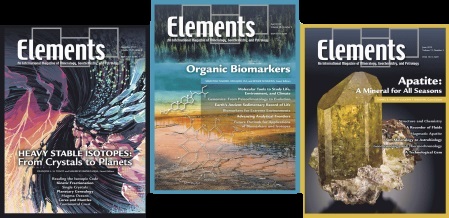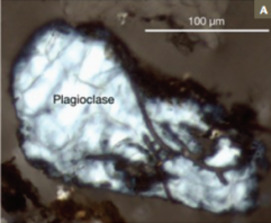Deep Biosphere Record of In Situ Oceanic Lithosphere and Ophiolites
Volcanic glass from pillow lavas and hyaloclastites displays distinctive alteration textures that suggest the activity of boring microbes. Analogous textures are common in volcanic sections of the seafloor, in ophiolites, and in greenstone belts up to 3.5 Ga in age. While the origin of such trace fossils remains poorly understood, they offer much potential for investigating processes in the present-day, deep-ocean, crustal biosphere and their role in biogeochemical cycles.
Deep Biosphere Record of In Situ Oceanic Lithosphere and Ophiolites Read More »



